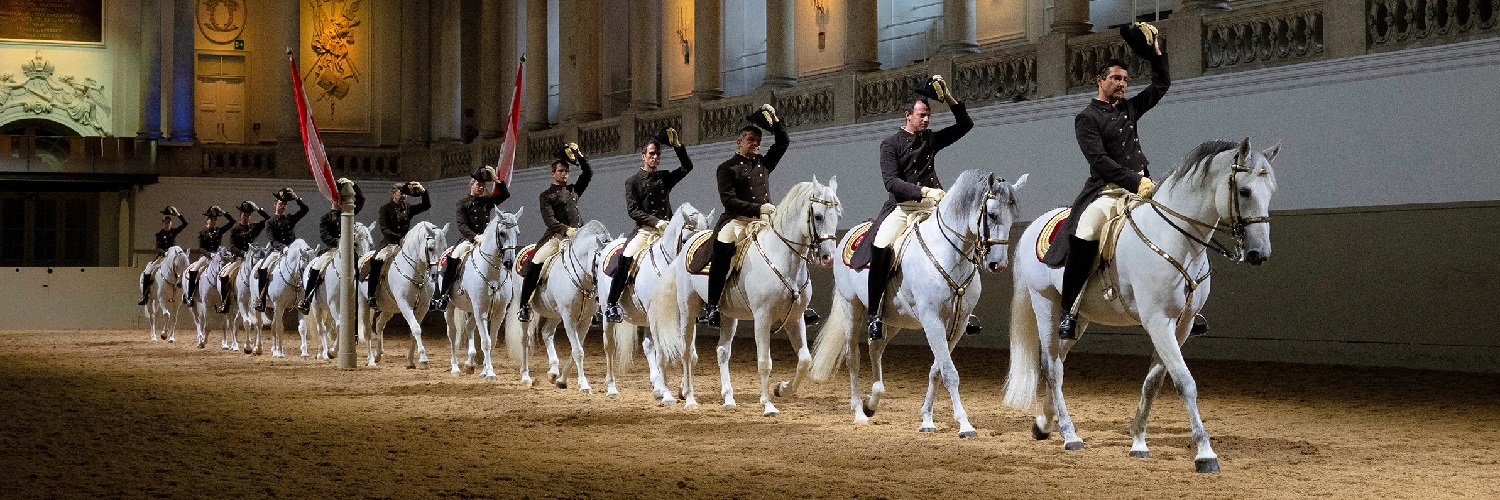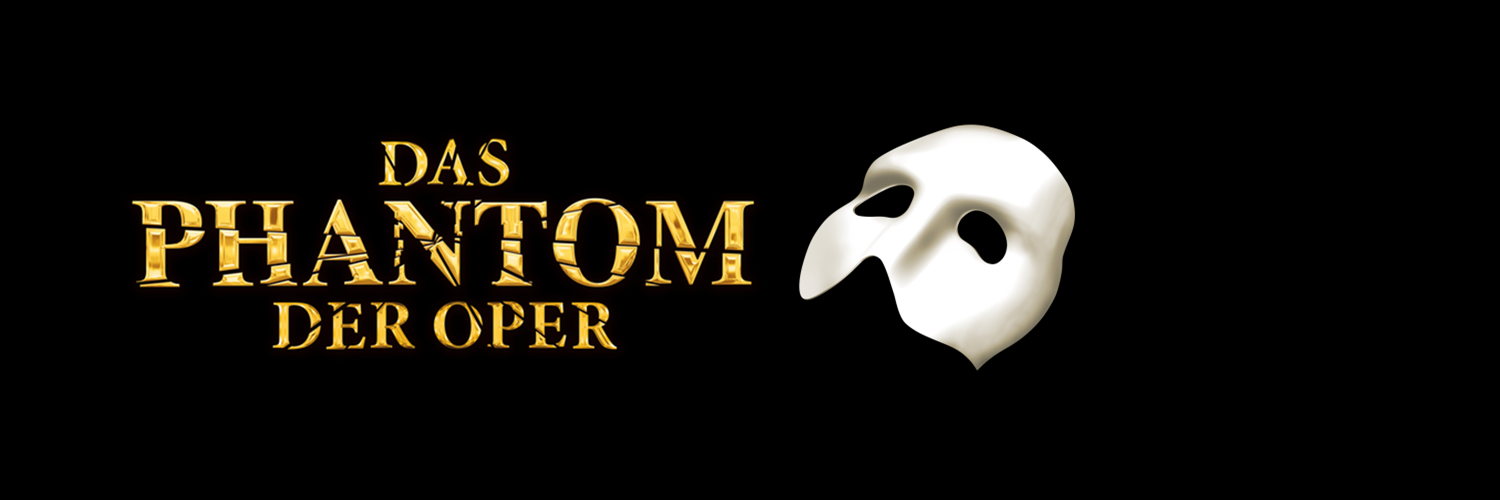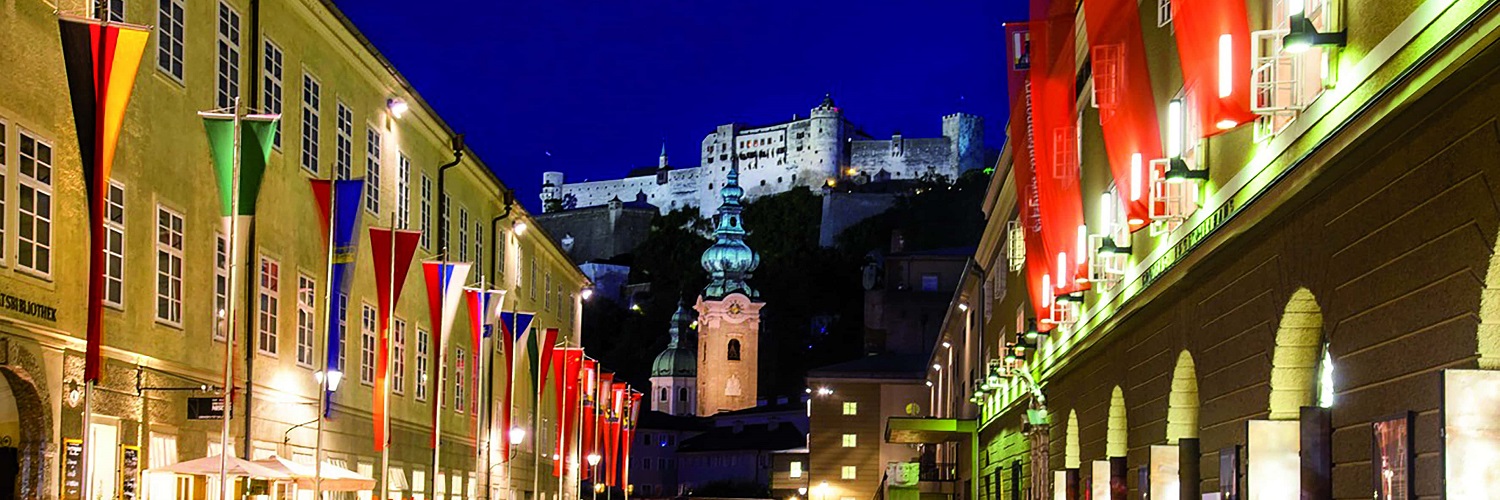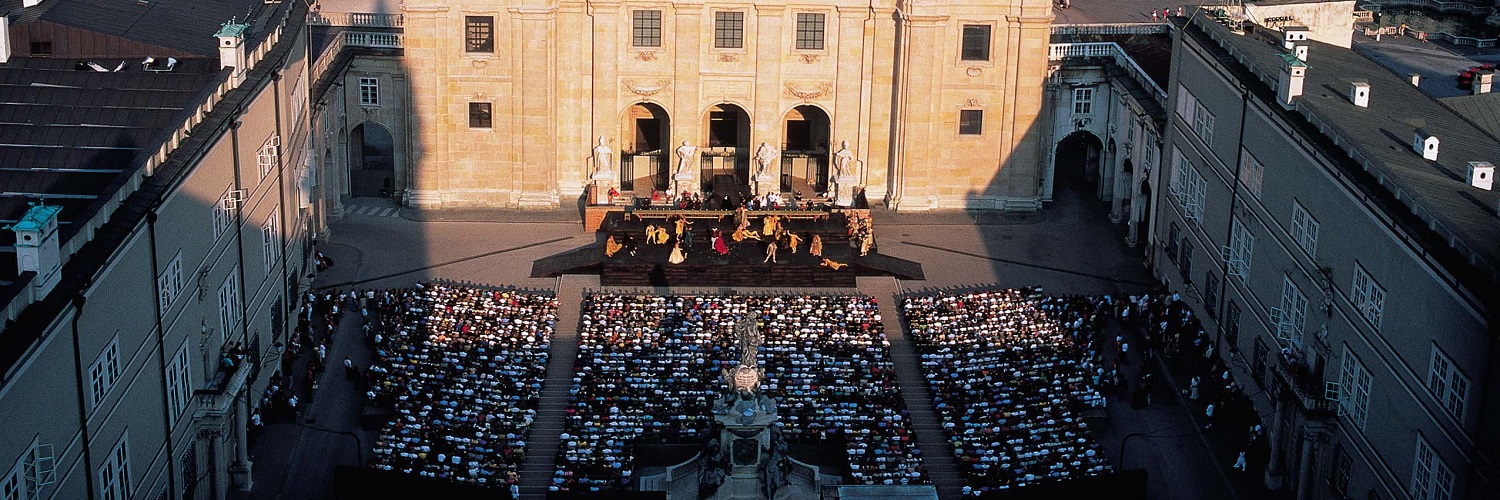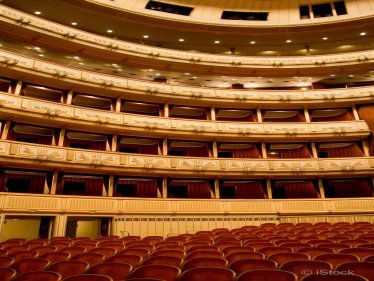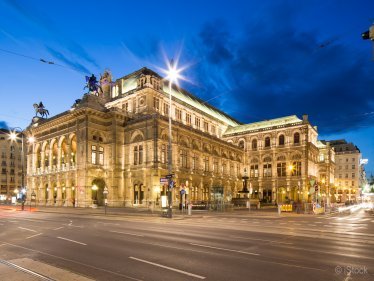Ballet: Shifting Symmetries - Schedule, Program & Tickets
Ballet: Shifting Symmetries
Concertante
Musical direction
Matthew Rowe
Music
Frank Martin
Choreography
Hans van Manen
Stage & Costumes
Keso Dekker
Light
Joop Caboort
Rehearsal
Nancy Euverink
In the Middle, Somewhat Elevated
Music
Thom Willems
Choreography, Stage & Costumes
William Forsythe
Light & Supervision Light
Tanja Rühl
Sound Supervision
Thom Willems
Rehearsal
Kathryn Bennetts
Brahms-Schoenberg Quartet
Musical direction
Matthew Rowe
Music
Johannes Brahms in der Bearbeitung für Orchester von Arnold Schönberg
Choreography
George Balanchine
Stage
Thomas Ziegler
Costumes
Vera Richter
Light
Robert Eisenstein
Rehearsal
Nilas Martins Christian Tworzyanski
Contents
»Choreography is a language. It's like an alphabet and you don't need to spell words you already know. The meaning of a language is determined by the context in which it appears. The most important thing is how you speak this language and not what you say«, William Forsythe once said about choreography and thus formulated a perspective on dance that not only applies to his own work, but also to artists like Hans van Manen and George Balanchine. In their company, the American appears in the premiere of Shifting Symmetries by the Vienna State Ballet - a triple bill of three masterpieces, the connecting element of which is the equally consistent and gripping examination of the creators with the art form of ballet.
In 1994, for the Nederlands Dans Theater II, Hans van Manen created Concertante for Frank Martin's Petite Symphonie Concertante - a composition whose expressive diversity, dynamic rhythms and compelling character inspired him to create a choreography in which eight dancers sometimes happily, sometimes full of sizzling eroticism, sometimes full of aggression, always full of surprises and yet following an inner logic, like pieces of a jigsaw puzzle to create snapshots and solve them again. Complex structures in space and strictly defined perspectives create an indissoluble tension like in a thriller, through which the dance expands into an encounter between people, about which Hans van Manen said: »No matter how close you are, in the end you know never exactly what the other thinks.«
With In the Middle, Somewhat Elevated, created by William Forsythe in 1987 on behalf of Rudolf Nureyev for the Ballet de l'Opéra de Paris, one of those works that fundamentally revolutionized ballet is entering the Viennese repertoire for the first time. To the powerful, stomping electronic sounds of his long-time artistic partner Thom Willems, Forsythe leads the classical ballet ad absurdum in a breathtakingly virtuoso way according to the pattern of theme and variation and with the means of deconstruction and manipulation in an atmosphere characterized by eccentric coolness: body architectures geared towards harmony begin to falter, symmetries are shifted, classic sequences of movements are taken apart and reassembled, new stability is gained from the fight against gravity. In a tense curve, the degree of difficulty increases further and further into requirements that exceed everything known in ballet up to that point - while the dancers compete against each other with almost irreverent cold-bloodedness, but also with unleashed theatricality, in the hope that the To be able to harvest the golden cherries that gave his name to the piece in the middle of the stage sky.
George Balanchine took the suggestion from Igor Stravinsky's assistant Robert Craft to deal with the Piano Quartet in G minor, Op. 25, in the magnificent orchestral version that Arnold Schönberg had made of Johannes Brahms' composition in 1937 and proudly called his »Fifth Symphony« in 1964 when he was looking for a large work for his new venue - the New York State Theater. The Brahms-Schoenberg Quartet finally premiered in 1966 - not only as a celebration of the large stage at Lincoln Center, but also as a homage to an incomparable company, which, as a 55-strong ensemble, performed in four miniature ballets from a wide variety of directions, following the movements of the composition shows: full of elegance in the Allegro, full of romance and lyricism in the two middle movements, with intoxicating virtuosity in the »alla zingarese« finale, which is colored by elements of folk dance. The Brahms-Schoenberg Quartet is not one of Balanchine's experimental works, but is an enchanting dance and orchestral festival, pervaded by the echoes of a great Austro-Hungarian musical tradition in the ears of Brahms and Schönberg and echoes of the magnificent divertissements of Marius Petipa, in which Balanchines Neoclassical has its roots.
Subject to change.
Musical direction
Matthew Rowe
Music
Frank Martin
Choreography
Hans van Manen
Stage & Costumes
Keso Dekker
Light
Joop Caboort
Rehearsal
Nancy Euverink
In the Middle, Somewhat Elevated
Music
Thom Willems
Choreography, Stage & Costumes
William Forsythe
Light & Supervision Light
Tanja Rühl
Sound Supervision
Thom Willems
Rehearsal
Kathryn Bennetts
Brahms-Schoenberg Quartet
Musical direction
Matthew Rowe
Music
Johannes Brahms in der Bearbeitung für Orchester von Arnold Schönberg
Choreography
George Balanchine
Stage
Thomas Ziegler
Costumes
Vera Richter
Light
Robert Eisenstein
Rehearsal
Nilas Martins Christian Tworzyanski
Contents
»Choreography is a language. It's like an alphabet and you don't need to spell words you already know. The meaning of a language is determined by the context in which it appears. The most important thing is how you speak this language and not what you say«, William Forsythe once said about choreography and thus formulated a perspective on dance that not only applies to his own work, but also to artists like Hans van Manen and George Balanchine. In their company, the American appears in the premiere of Shifting Symmetries by the Vienna State Ballet - a triple bill of three masterpieces, the connecting element of which is the equally consistent and gripping examination of the creators with the art form of ballet.
In 1994, for the Nederlands Dans Theater II, Hans van Manen created Concertante for Frank Martin's Petite Symphonie Concertante - a composition whose expressive diversity, dynamic rhythms and compelling character inspired him to create a choreography in which eight dancers sometimes happily, sometimes full of sizzling eroticism, sometimes full of aggression, always full of surprises and yet following an inner logic, like pieces of a jigsaw puzzle to create snapshots and solve them again. Complex structures in space and strictly defined perspectives create an indissoluble tension like in a thriller, through which the dance expands into an encounter between people, about which Hans van Manen said: »No matter how close you are, in the end you know never exactly what the other thinks.«
With In the Middle, Somewhat Elevated, created by William Forsythe in 1987 on behalf of Rudolf Nureyev for the Ballet de l'Opéra de Paris, one of those works that fundamentally revolutionized ballet is entering the Viennese repertoire for the first time. To the powerful, stomping electronic sounds of his long-time artistic partner Thom Willems, Forsythe leads the classical ballet ad absurdum in a breathtakingly virtuoso way according to the pattern of theme and variation and with the means of deconstruction and manipulation in an atmosphere characterized by eccentric coolness: body architectures geared towards harmony begin to falter, symmetries are shifted, classic sequences of movements are taken apart and reassembled, new stability is gained from the fight against gravity. In a tense curve, the degree of difficulty increases further and further into requirements that exceed everything known in ballet up to that point - while the dancers compete against each other with almost irreverent cold-bloodedness, but also with unleashed theatricality, in the hope that the To be able to harvest the golden cherries that gave his name to the piece in the middle of the stage sky.
George Balanchine took the suggestion from Igor Stravinsky's assistant Robert Craft to deal with the Piano Quartet in G minor, Op. 25, in the magnificent orchestral version that Arnold Schönberg had made of Johannes Brahms' composition in 1937 and proudly called his »Fifth Symphony« in 1964 when he was looking for a large work for his new venue - the New York State Theater. The Brahms-Schoenberg Quartet finally premiered in 1966 - not only as a celebration of the large stage at Lincoln Center, but also as a homage to an incomparable company, which, as a 55-strong ensemble, performed in four miniature ballets from a wide variety of directions, following the movements of the composition shows: full of elegance in the Allegro, full of romance and lyricism in the two middle movements, with intoxicating virtuosity in the »alla zingarese« finale, which is colored by elements of folk dance. The Brahms-Schoenberg Quartet is not one of Balanchine's experimental works, but is an enchanting dance and orchestral festival, pervaded by the echoes of a great Austro-Hungarian musical tradition in the ears of Brahms and Schönberg and echoes of the magnificent divertissements of Marius Petipa, in which Balanchines Neoclassical has its roots.
Subject to change.
There are no products matching the selection.

